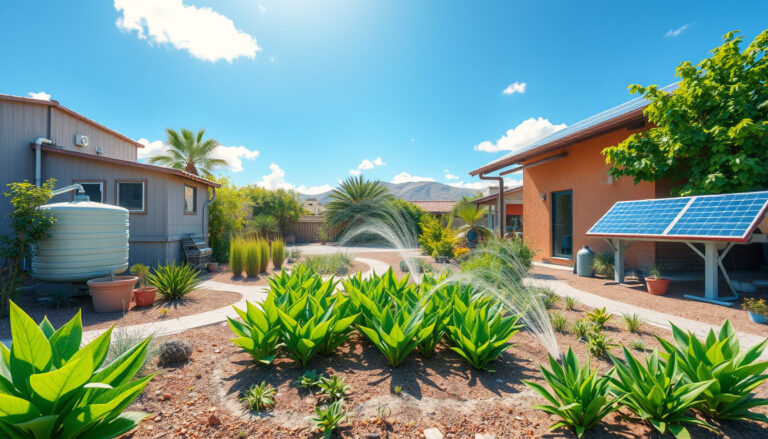Fishing is not just a pastime; it’s a cherished tradition for many, and having access to prime fishing areas can transform a good fishing trip into a great one.
Whether you’re a seasoned angler or a novice, understanding how to access top fishing spots is crucial to maximizing your success on the water.
In this ultimate guide, we will delve into the intricacies of fishing areas access, explore top locations that promise fantastic catches, share tips for effectively reaching these spots, and highlight important regulations you should be aware of.
Let’s cast the line and reel in the knowledge you need to ensure every fishing adventure is memorable.


How to Identify Prime Fishing Spots
Identifying prime fishing spots can drastically enhance your fishing experience, and knowing how to access various fishing areas is crucial.
First, consider the type of fishing you want to pursue; freshwater rivers and lakes often differ significantly from saltwater locations near the coast.
Utilize local fishing reports and apps to understand where the fish are biting at different times of the year.
Pay attention to seasonal patterns, as certain species migrate or become more active during specific months.
Additionally, local fishing communities can provide insights into hidden gems, including lesser-known fishing areas, that may offer better results away from the crowded hotspots.
Factors such as water temperature, structure (like underwater rocks, ledges, or vegetation), and current also play significant roles in attracting fish.
By combining technology with local knowledge, you’ll be well-equipped to identify prime fishing spots that are easily accessible and ripe for catching a variety of species.
Tips for Effectively Accessing Fishing Areas
When it comes to enjoying a successful fishing trip, effectively accessing fishing areas is key to maximizing your catch and minimizing frustration.
First, research the local regulations and licenses required for fishing in the area, as these can vary greatly between regions.
Additionally, consider the best times to fish; early mornings and late evenings often yield better results.
To ensure you’re reaching optimal fishing areas, invest in a good map or GPS device, as well as local knowledge by asking seasoned anglers about the hotspots.
If you’re planning to fish from a boat, familiarize yourself with the waterways and launch sites to avoid restricted zones.
Lastly, be mindful of the environment: always practice sustainable fishing methods and respect the natural habitats to keep these fishing areas thriving for future generations.

Fishing Regulations and Permits You Should Know
If you’re planning to cast your line in Costa Rica’s diverse waters, understanding the fishing regulations and permits is essential.
The fishing areas access varies throughout the country, with each zone offering unique experiences from deep-sea fishing in the Pacific to freshwater angling in the Caribbean.
It’s crucial to note that different species have specific rules regarding catch limits and size restrictions, and many fishing areas require permits for both residents and tourists.
Therefore, before embarking on your fishing adventure, make sure to familiarize yourself with local regulations and acquire any necessary licenses to ensure a safe and enjoyable experience while adhering to conservation practices.
Resources for Finding Fishing Access Points
When it comes to enjoying the great outdoors, locating suitable fishing areas access can make all the difference for anglers of all skill levels.
To find the best fishing spots, consider leveraging a variety of resources tailored for fishing enthusiasts.
State wildlife websites are invaluable resources that provide maps and details on public access points, ensuring you know where to cast your line legally and safely.
Additionally, local fishing guides often share personal insights into lesser-known fishing areas that might not be listed online, helping you uncover hidden gems.
Apps dedicated to fishing can also enhance your search, offering user-generated content like fishing reports and GPS coordinates for ideal fishing access points.
Engaging with local fishing forums and social media groups can further enrich your arsenal of resources, as members frequently share their favorite spots and the best times to visit them.
With these tools at your disposal, finding easy and accessible fishing areas can lead to a more rewarding angling experience.
Frequently Asked Questions
What are fishing area access rights?
Fishing area access rights refer to the legal permissions that allow individuals to fish in specific locations.
These rights can vary by state or region, encompassing public waters, private lands, and specific fishing regulations.
What are some top locations for fishing enthusiasts?
Some top fishing locations include national parks, renowned lakes and rivers, coastal areas, and designated fishing zones.
Popular spots such as Lake Tahoe, the Florida Keys, and the Great Lakes offer diverse fishing opportunities.
How can I identify prime fishing spots?
Prime fishing spots can often be identified by researching local reports, asking local anglers, checking maps of water bodies, or utilizing technology like fish finders and fishing apps that indicate populated fishing areas.
What tips can help me effectively access fishing areas?
To effectively access fishing areas, familiarize yourself with local regulations, obtain necessary permits, scout the area beforehand, and respect private property boundaries.
Early mornings or late evenings are typically the best times for fishing.
Where can I find resources for fishing access points?
Resources for finding fishing access points include state wildlife agencies, local fishing clubs, online fishing forums, and dedicated fishing apps that provide maps and details about access locations.





